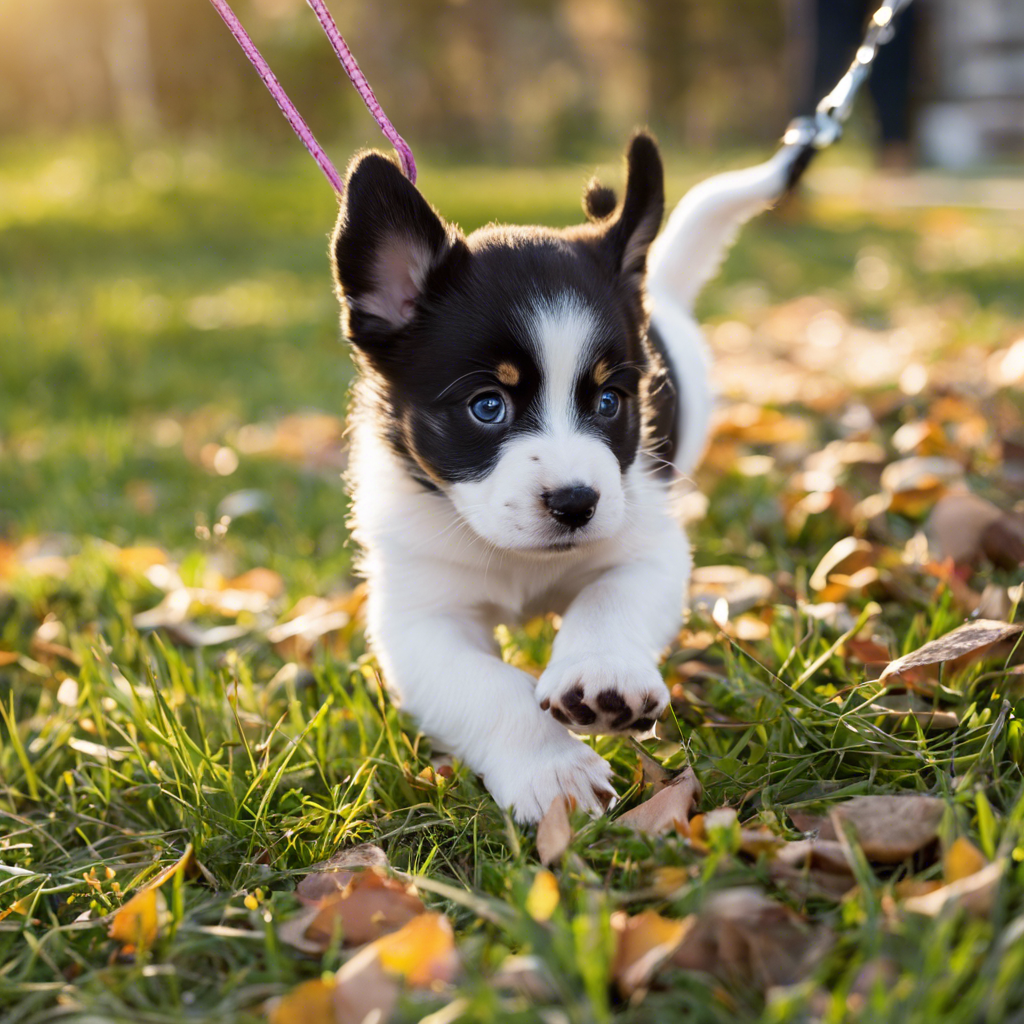Training your puppy to walk on a leash is an essential aspect of responsible dog ownership, ensuring their safety and your peace of mind during daily walks. Starting leash training early is crucial for setting your puppy up for a lifetime of enjoyable outings. With patience, consistency, and positive reinforcement, you can make the process fun and rewarding for both you and your furry friend. Here’s a comprehensive guide to get you started on this essential puppy parenting journey.
**Introducing the Leash:**
Before you even venture outdoors, it’s important to get your puppy accustomed to wearing a collar or harness and a leash. Begin by allowing them to sniff and investigate these new accessories. Put them on your puppy for short periods, gradually increasing the duration as they become comfortable. Reward their acceptance with treats and praise. This initial step is about creating a positive association with the equipment and can be done in the comfort of your home.
**Indoor Trials:**
Once your puppy accepts their collar/harness and leash, start practicing indoors. Let your puppy walk around with the leash attached, following them to prevent tangles but allowing them to lead. This helps your puppy understand that the leash does not hinder their movement. Reward them for walking calmly beside you and for responding to simple commands like ‘come’ or ‘heel.’ Remember, keep these sessions short and enjoyable, and always end on a positive note.
**The Outdoor Adventure:**
When your puppy is comfortable with the leash indoors, it’s time for their big adventure outside. Start in a quiet, enclosed space free from distractions. Allow your puppy to explore, sniff, and get used to the new environment while on the leash. Encourage them to follow you, rewarding any progress towards walking by your side. Keep treats handy for positive reinforcement. Remember, puppies have short attention spans, so keep these initial sessions brief and positive.
**Handling Distractions:**
As your puppy becomes accustomed to leash walks, gradually introduce more stimulating environments. The key is to make yourself more interesting than the distractions. Use treats and verbal praise to keep their attention on you. If your puppy pulls towards something, stop and patiently wait for them to return to your side. Consistency is vital; always reinforce the behavior you want, which is walking calmly by your side.
**The Art of Positive Reinforcement:**
Puppies respond best to positive reinforcement. Treats, praise, and affection are powerful motivators. Reward good leash behavior immediately and consistently. If your puppy pulls, stop and wait for them to come back to you, then reward this behavior. This teaches them that staying by your side is more rewarding than exploring alone.

